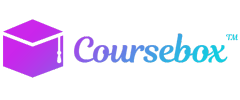3 results matching your search criteria.
Edital
Use Edital's online builder to create HTML5 eLearning courses that's made with mobile in mind, as well as looking equally stylish on desktop and tablet. Then publish your course at a click of a button to SCORM 1.2/2004 and xAPI to run on any LMS. Read more
Filter & sorting options
Choose and compare up to 3 Professional Services (Technical, Web, IT).


